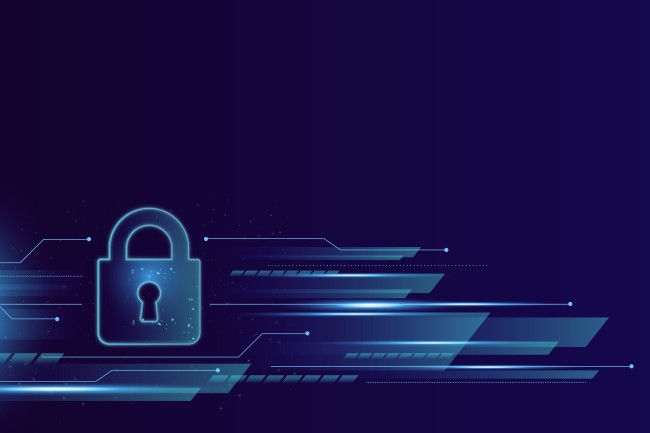
The cybersecurity landscape has evolved dramatically over the last decade, with emerging threats and technologies necessitating a comprehensive shift in how we approach digital security.
Secure 2.0, the next-generation model of cybersecurity, encapsulates this evolution. It is a comprehensive, multi-layered approach to security that emphasizes proactive threat detection and mitigation, operational resilience, and widespread organizational participation.
Understanding Secure 2.0
Secure 2.0 builds upon the foundations of traditional security models, which were primarily focused on creating strong perimeters to keep threats out.
While perimeter defense is a key part of Secure 2.0, it also recognizes the modern reality of our interconnected, cloud-based world: threats can come from anywhere, and they often target internal vulnerabilities.
As such, Secure 2.0 operates on the assumption of a ‘Zero Trust‘ model, which means that no user or device, regardless of whether it’s inside or outside the network perimeter, is automatically trusted.
Every access request is thoroughly validated before access is granted and is significantly different from traditional security approaches that adopted a ‘trust but verify’ policy.
Another critical element of Secure 2.0 is the understanding that security is an ongoing process, not a product. It encourages continuous monitoring, routine threat assessments, and frequent updating and patching of systems to address vulnerabilities.
It shifts from a reactive model, where teams respond to incidents after they occur, to a proactive one, where potential threats are identified and mitigated before they cause harm.
Why Secure 2.0 is Essential
There are several compelling reasons why organizations should adopt the Secure 2.0 model.
- The increasing sophistication and prevalence of cyber threats necessitate a more comprehensive approach to security. Ransomware, phishing, and other types of attacks have become more complex, and traditional defenses are often inadequate to counter them.
- The rise of remote work, cloud-based systems, and IoT devices has dramatically expanded the potential attack surface for malicious actors. In this environment, organizations must adopt a security model that can protect assets regardless of their location and continuously monitor a wide range of potential threats.
- Regulatory standards and customer expectations around data protection have increased. Data breaches can result in severe financial penalties, damage to reputation, and loss of customer trust.
- Secure 2.0, with its emphasis on continuous monitoring and improvement, can help organizations maintain compliance with data protection regulations and demonstrate their commitment to security to stakeholders.
How Secure 2.0 is Implemented

The implementation of Secure 2.0 involves several key steps.
- Organizations need to conduct a comprehensive risk assessment to understand their vulnerabilities and prioritize areas for improvement. The assessment should cover not just technical systems, but also people and processes, as these are often targeted in cyberattacks.
- Organizations should also implement robust access controls based on the principle of least privilege, granting users only the access they need to perform their tasks. It often involves deploying technologies like multi-factor authentication (MFA), identity access management (IAM) systems, and privileged access management (PAM) solutions.
- It is also important for organizations to ensure that they have robust detection and response capabilities. It includes deploying security information and event management (SIEM) systems, endpoint detection and response (EDR) solutions, and network detection and response (NDR) tools. It also means having an incident response plan in place and regularly testing it.
- Secure 2.0 requires a culture of security awareness across the organization and it means regularly training staff on cybersecurity best practices, promoting good security hygiene, and fostering a culture where security is everyone’s responsibility, not just the IT department’s.
Conclusion:
Secure 2.0 is a comprehensive, proactive, and continuously evolving approach to cybersecurity that aligns with the realities of our modern, interconnected digital landscape.
Its emphasis on zero trust, continuous monitoring and improvement, and widespread organizational participation represent a significant departure from traditional security models, yet they are crucial for navigating the complex web of modern cyber threats.
